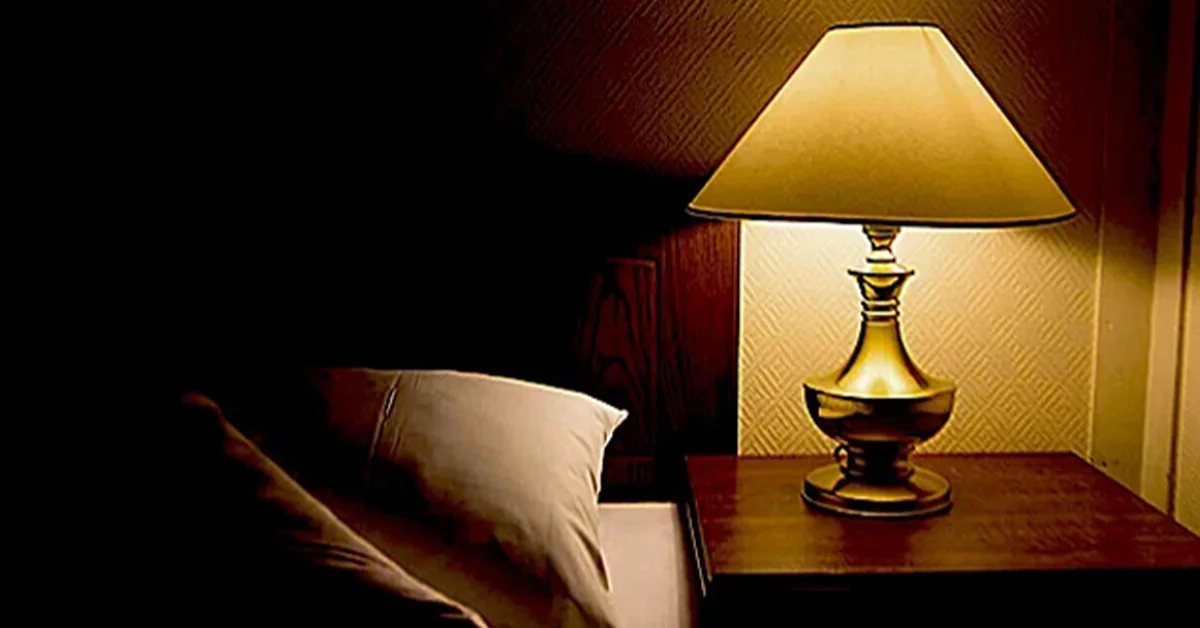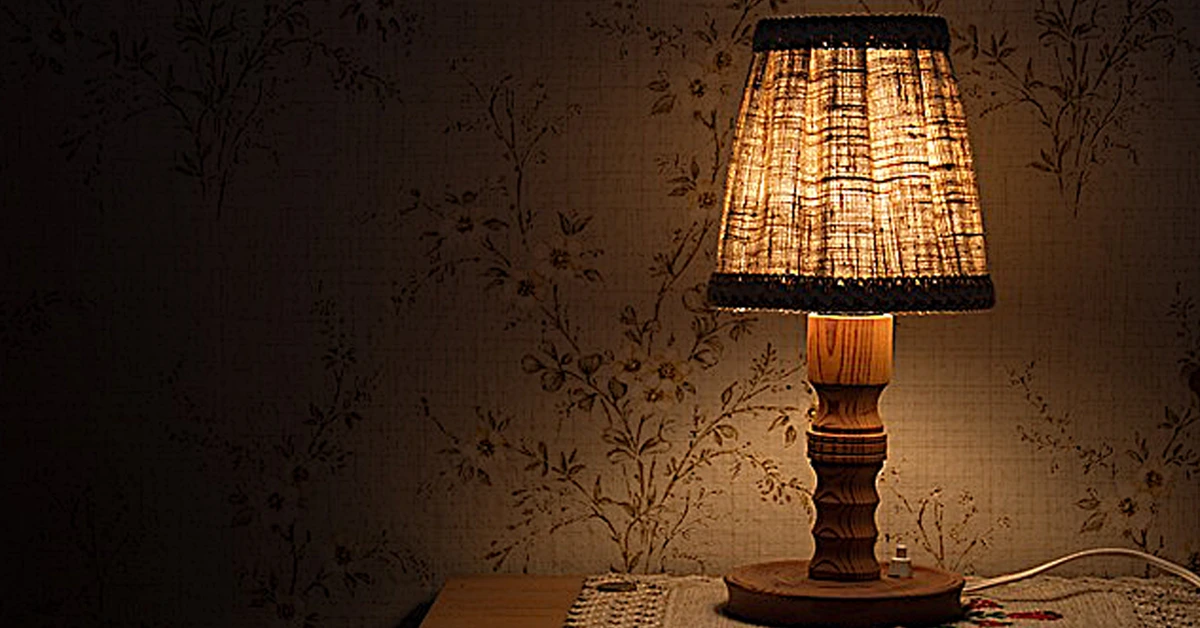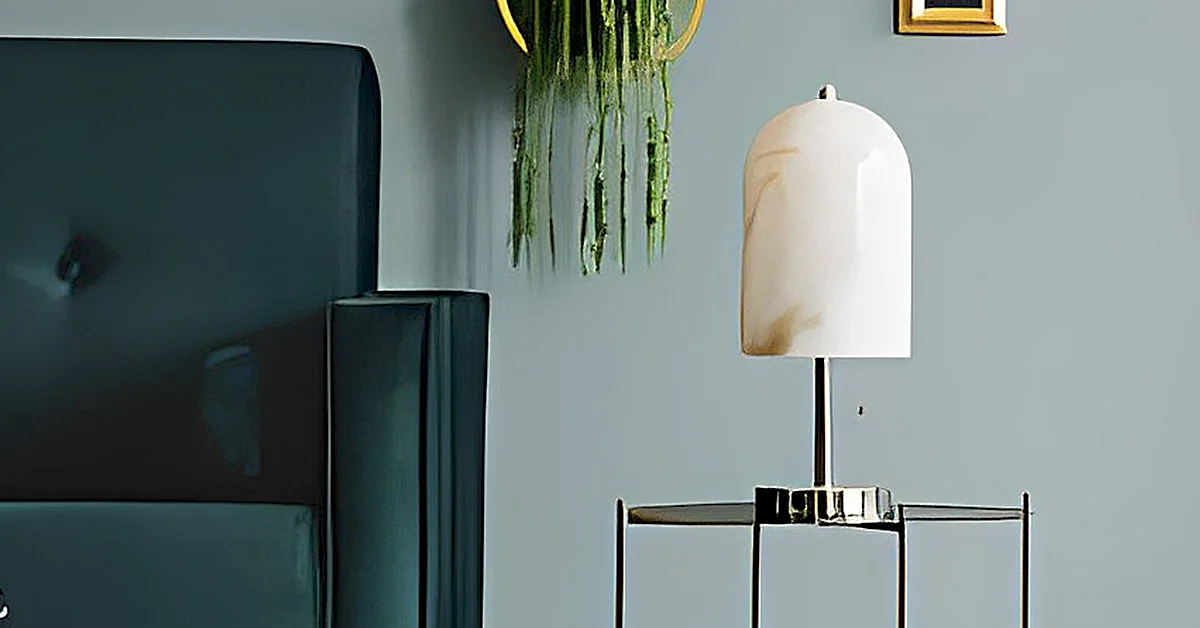In this blog post, we’ll take a journey through time to uncover the fascinating stories behind five iconic table lamp designs.
From the Art Deco glamour of the 1920s to the minimalist chic of the 21st century, these lamps have more to tell than meets the eye.
So let’s start this fascinating journey.
Table of Contents
Toggle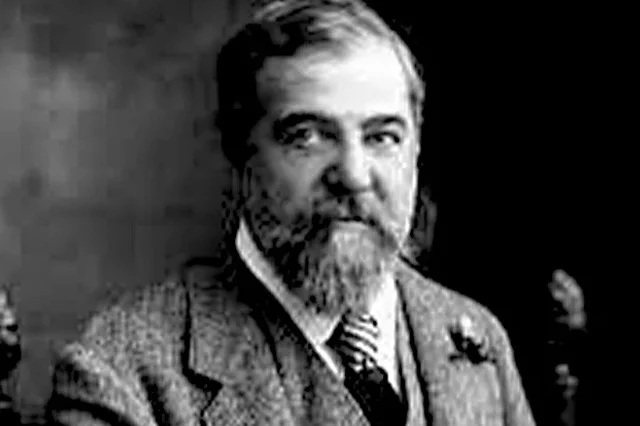
History Behind The Tiffany Table Lamps
For more than 100 years, the Tiffany lamp stands as an icon of the decorative arts.
Famous for its handmade craftsmanship and known for its stained glass shade, Louis Comfort Tiffany’s lamp is a standout in museums and living rooms alike.
Who Was Louis Comfort Tiffany?
Born in New York City in 1848, Louis Comfort Tiffany was exposed to decorative arts and design from an early age.
As the son of Charles Lewis Tiffany, founder of jewelry retailer Tiffany & Co., creativity ran in his blood.
Tiffany’s career ranged from painting to glassmaking.
From Painter To Glassmaker
At the age of twenty, Tiffany’s interest in painting turned to glassmaking after seeing a collection of Roman mirrors at the Victoria and Albert Museum in London.
Unlike contemporary glass artists, who rejected imperfections, Tiffany found beauty in them.
He believed that these imperfections were necessary to achieve an attractive complexion.
Inspired by the rustic nature of antique glass, Tiffany established his glass factory in Queens, New York.
Along with a team of designers, he founded Louis Comfort Tiffany and Associated American Artists, an interior design studio.
His popularity as an interior decorator led him to end this partnership and start his glass manufacturing firm: Tiffany Glass & Decorating Company.
Innovation In Glass
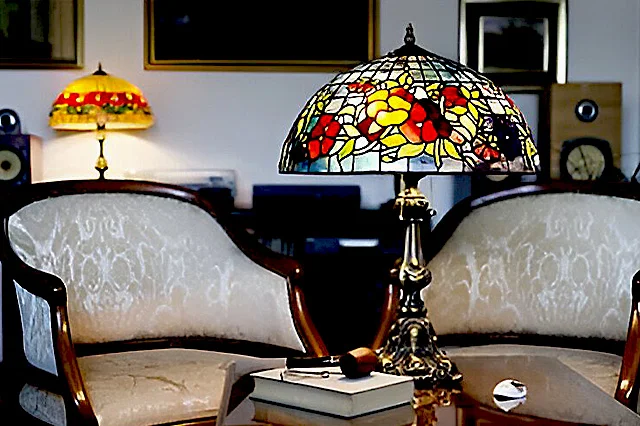
At the 1893 World’s Fair in Chicago, Tiffany unveiled floral glass, which he compared to “the wings of some American butterflies, the necks of doves and peacocks”.
This innovation, along with the copper foil technique, allowed Tiffany to create colorful pieces without using paint or enamel.
The First Tiffany Lamp
The first Tiffany lamp was shown in 1893. Each lamp was handcrafted by skilled artisans, not mass-produced.
Amazingly, the master designer behind these precious leaded glass lamps was not Louis Comfort Tiffany himself, but a previously unknown artist named Clara Driscoll.
He was recognized in 2007 as the creative force behind many of Tiffany Studio’s classic designs.
Categories Of Tiffany Lamps
Tiffany lamps fall into several categories like:
1. Lamps with irregular top and bottom borders: These have an openwork crown that simulates branches, trees, or shrubs.
2. Favrile Lamps: This term means “handcrafted” and identifies the first lamp made by Tiffany with this label.
3. Geometric lamps
4. Changes in the flower lamps
5. Cone lamp with flowers
6. Globe lamp with flowers
Legacy And Popularity
Tiffany lamps gained popularity after the World’s Columbian Exposition in Chicago in 1893, where Tiffany displayed its lamps in Byzantine-style chapels.
His presentation attracted the attention of many people, including the director of Berlin’s State Museums.
Thanks to partnerships and exhibitions, Tiffany’s success spread to Europe. Today, these iconic stained glass fixtures are lighting up our lives, bridging the gap between art and functionality.

The History Behind The Anglepoise Lamps
The Anglepoise lamp with its exquisite balanced arm design, has been lighting up our lives for over 90 years.
Let’s take a look at the fascinating story behind this timeless example of British design.
The Concept Of Anglepoise Lamp
In 1932, British automotive engineer George Carverdine had a lightbulb moment.
He invented a revolutionary spring mechanism that could be set at any angle with a slight touch.
Originally designed for vehicle suspension systems, this beautiful invention found its true identity in lamps.
Introduction Of The Classic Design 1227™
Carwardine teamed up with spring manufacturer Herbert Terry & Sons to create the first Anglepoise lamp: the 4-spring Model 1208.
But it was the original 1227™, introduced in 1935, that really captured hearts.
The flexible mechanism of this lamp allowed it to rotate and remain stationary, making it ideal for both industrial and domestic use.
Contemporary Version
Fast forward to 2003, when renowned British designer Kenneth Grange breathed new life into 1227.
Its contemporary version became the Anglepoise Type 3.
Grange’s collaboration with Angépoise continued, as well as partnerships with other designers like Margaret Howell and Paul Smith for limited editions.
Introduction Of Giants And Salvaged Lamps
In 1985, the Anglepoise Navigator Lamp salvaged from Loch Ness was still working – a testament to its durability.
The Roald Dahl Museum requested a mammoth version of the Original 1227™ – and the first giant lamp was born.
A Miracle Of Balance
Anglepoise lamps are now gracing homes, offices and garden sheds around the world.
Their unique functionality and playful look remain intact.
As George Carwardine once said, “Anglepoise is a small miracle of balance, a quality of life that we don’t appreciate as much as we should”.
The History Behind The Pixar Lamp
Pixar, the animation studio that has captured our hearts with its beloved films, is thanks to a tiny lamp called the Luxo Junior.
Let’s know about the interesting story behind this famous lamp.
The birth of Luxo Jr
In 1986, Pixar’s creative genius John Lasseter made a two-minute short called “Laxo Jr.”
This charming animation shows two desk lamps: Luxo Senior (large) and Luxo Junior (small).
Luxo Jr. played with the ball but got too excited which caused the ball to fly away.
Despite their inanimate nature, these lamps come to life on screen thanks to Lasseter’s skill.
A Pioneer In Animation
Luxo Jr. was nominated for an Oscar in the Best Animated Short Film category, although it did not win, its influence went far beyond the awards.
In those short 120 seconds, Lasseter fully demonstrated the potential of digital animation.
Luxo Junior became a character study, with two desk lamps evoking genuine emotion and warmth.
Legacy Of Luxo Jr
Luxo Jr.’s lasting legacy lies in the famous Pixar intro. Before every Pixar feature or short, we have Luxo Jr. leaping into the frame and playfully slapping the letter ‘i’ in the studio’s name.
It’s a symbol of where Pixar started – the fusion of artistry and technology.
Luxo Jr. paved the way for future CGI masterpieces, including the seminal “Toy Story.”
The Real-Life Inspiration
But where did the Luxo Junior design come from? In 1937, Norwegian designer Jack Jacobsen created the Luxo L-1 lamp.
Originally an industrial task light, it had a flexible spring-balanced arm. The same lamp served as the model for the Luxo Junior.
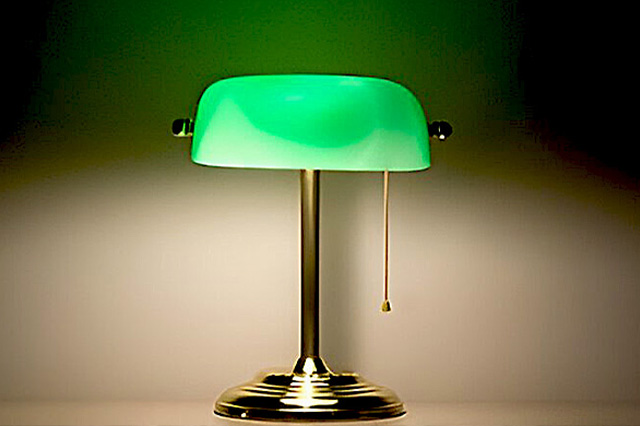
The History Behind The Banker's Lamp
The Bankers Lamp, with its timeless elegance, has been gracing desks and libraries for over 100 years.
Let’s uncover the fascinating story behind this iconic desk lamp.
Emerald Beauty
Originally known as Amaralite, a combination of “emerald” and “light,” the story of this lamp begins in 1909.
American engineer Harrison D. McFadden filed a patent for a new lampshade design.
Soon after, the first camera lite lamp appeared, designed by H.G. It was developed by McFadyen & Company.
The initial design was simple: a brass base supporting a green-to-white cased glass shade.
Although other colors were available, green became the hallmark of camera light.
Start Of Green Glass Manufacturing
The distinctive green glass shades were produced using cased glass technology.
The two layers of glass – white milk glass on the inside and green on the outside result in a soothing, emerald color that softened the harsh light of early bulbs.
Interestingly, this color was not available in the US, but It was made at the Schreiber and Kneffen Glass Factory.
The skilled craftsmen there ensure that each shade meets the highest standards.
Rise To Fame
As production continued, the Ameralight evolved. Decorative brass bases replaced plain bases, and the attachment method changed for the green shade.
These lamps found their way into banking halls and earned the nickname “Banker’s Lamp”. Their practicality and eye-friendly sparkle made them a staple in libraries and offices.
Post World War II
After World War II, Amaralite’s popularity waned and the company faced challenges. Nevertheless, the design remained intact.
Today you can still find modern versions inspired by the original.
The Bankers lamp remains an icon of timeless beauty – a fusion of form and function that illuminates our workplaces even in the digital age.
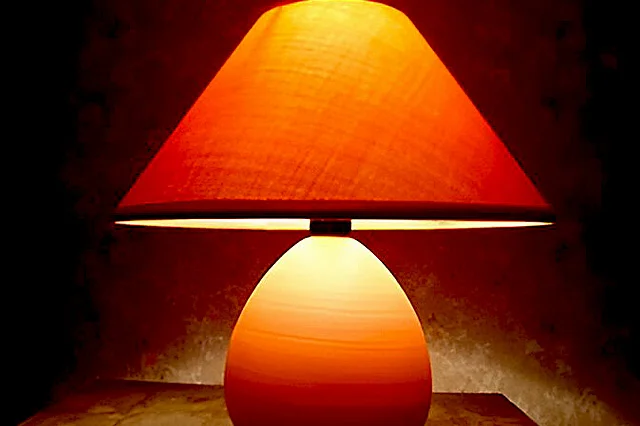
History Behind The Mushroom Lamp
Mushroom lamps have a unique charm that transcends time and trends.
These iconic lamps first gained popularity in the mid-20th century, when organic and freeform designs were popular.
The Psychedelic Era & Mushroom Lamp
The mushroom lamp can be traced back to the 1960s, an era marked by innovation and experimentation in lighting design.
As the psychedelic era unfolded, people sought ways to fill their surroundings with a sense of wonder and the supernatural.
The distinctive shape of these lamps, resembling real mushrooms, captures the imagination and has become an iconic item for those looking for groovy and unconventional lighting solutions.
Famous Designs Of Mushroom Lamps
During this decade of change, two famous mushroom lamp designs emerged:
1. Murano Mushroom Lamp:
Designed by Gambaro e Poggi, this Murano glass lamp is the epitome of elegance.
Hand-blown by skilled artisans in Italy, it had a small, thick shape that perfectly mimicked a mushroom cap.
The Murano mushroom lamp is a timeless classic, radiating warmth and sophistication.
2. Panthela by Werner Panton:
Danish designer Werner Panton created the Panthela lamp for Louis Poulsen.
Its smooth, curved shape echoes the organic lines of the mushroom stem.
Penthela’s translucent shade diffuses the light beautifully, reminiscent of moonlight filtering through forest vegetation.
Why Mushroom Lamps Are Still Popular?
Till today, mushroom lamps are attracting interior design enthusiasts. Here’s why they remain relevant:
– Playful aesthetics: Mushroom lamps bring playfulness to the decor. Their whimsical shapes evoke childhood memories and add a touch of magic to any room.
– Nature connection: In an increasingly digital world, mushroom lamps act as a bridge to nature. Their organic forms remind us of the beauty found in the natural world.
– Warm atmosphere: The soft, diffused light emitted by the mushroom lamp creates a relaxing atmosphere. Whether placed on a bedside table or in a reading nook, they invite relaxation.
Closing Remarks
So this was all about today’s historical journey of 5 iconic lamps. I hope you enjoy this journey & found this article informative.
Write us if you have any suggestions or feedback. Your feedback & suggestions are really valuable for us. Have a nice day!

